Odessa is a port city, a resort city that welcomed adventurous and talented migrants from France, Italy and the rest of Europe with open arms. Their creative activity today is reflected in the architectural outlines of Odessa. Here, each street and house has its own special family history - sometimes intriguing, funny, and sometimes quite sad.
The combination of great sea air, the sunny climate of the Black Sea coast and the amazing hospitality of the locals make Odessa a popular holiday destination. In the summer months, the city is filled with colorful, cheerful masses of tourists. People walk along the embankments until morning and enjoy the romantic sounds of the sea surf, sunbathe on the beaches and visit the historical places of Odessa with pleasure.
What to see and where to go in Odessa?
The most interesting and beautiful places for walking. Photos and a short description.
- Odessa Opera and Ballet Theater
- Monument to Duke de Richelieu
- The Potemkin Stairs
- Deribasovskaya street
- Seaside boulevard
- Vorontsov Palace
- Shah Palace
- Transfiguration Cathedral
- Holy Assumption Monastery
- Odessa Museum of Western and Oriental Art
- Odessa Art Museum
- Archaeological Museum
- Wall house
- House of Falz-Fein
- Passage
- Bolshaya Moskovskaya Hotel
- Hotel Bristol
- Odessa catacombs
- Mother-in-law bridge
- Market Privoz
- Shevchenko Park
- City garden
- Odessa City Dolphinarium
- Arcadia
- Monument to the sailor's wife
Odessa Opera and Ballet Theater
Odessa became the third city in the Russian Empire where the theater appeared. The first building was built in 1810, but after a few decades it burned down. The following appeared at the end of the 19th century and is still working. The building was built in the Viennese Baroque style, the auditorium, unique in terms of acoustics, is decorated with French Baroque elements.

Monument to Duke de Richelieu
In the 19th century, the Duke de Richelieu emigrated to the Russian Empire due to the events of the French Revolution, and for some time served as governor of Odessa. He is considered one of the founders of Odessa. The monument was opened in 1828 at the initiative of the current mayor Count Lanzheron. F. Boffo and I. Martos worked on the sculpture. The monument adorns Primorsky Boulevard in Odessa.
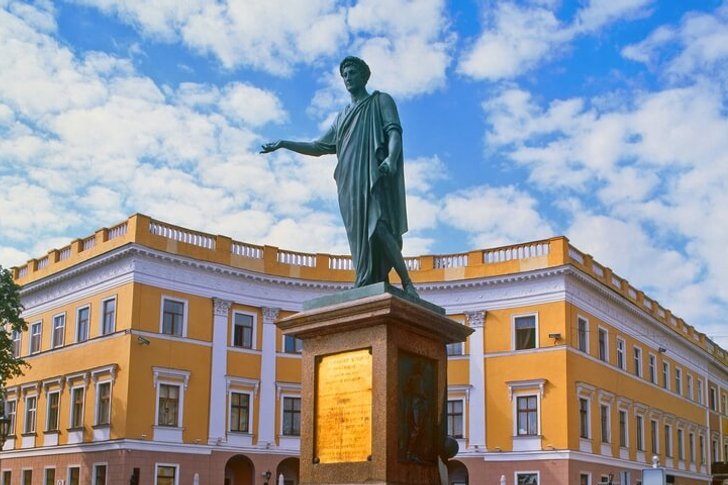
The Potemkin Stairs
The staircase existed even before the appearance of Odessa and led to the top of the hill, where the Turkish fortress stood. After the territory was ceded to the Russian Empire, the staircase was reconstructed under the direction of the architect F. Boffo. During the last restoration in 1933, some platforms were asphalted, the parapets were faced with pink granite, and the staircase lost 8 steps.

Deribasovskaya street
One of the central streets of Odessa, a popular city attraction. It was originally named after Admiral Jose de Ribas, who participated in the construction of the Odessa port. The street is a paved pavement, which gradually descends to the sea. Buildings of the 19th century mainly dominate on Deribasovskaya. There are various monuments in the squares and on the sidewalks.
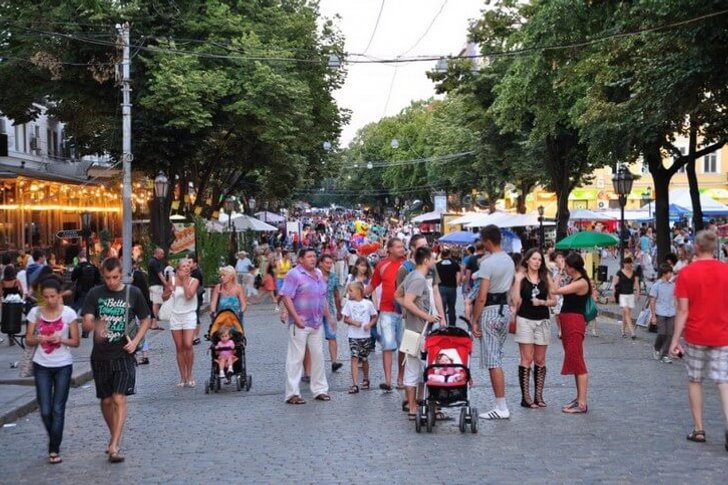
Seaside boulevard
One of the most picturesque streets of Odessa, a favorite place for promedan citizens and tourists. The alley is planted with chestnuts, maples, plane trees and lindens, which gives it a romantic "landscape" look. Primorsky Boulevard is built up with buildings in the style of the Italian Renaissance and Classicism. They spoil the view of the construction of the Soviet period a little. The street is the front facade of Odessa and looks very advantageous from the sea.

Vorontsov Palace
The residence of the Governor-General M. Vorontsov, built in 1834. The building was seriously damaged during the Crimean War. The shelling of the Anglo-French squadron turned it into ruins. Subsequently, the palace was restored and continued to be used as a governor's residence, later a men's gymnasium was opened on its territory. In Soviet times, it served as a center for children's creativity and education.

Shah Palace
A neo-Gothic mansion on Gogol Street, called the "Shah's Palace" because the Persian Shah Muhammad Ali once stayed here. The ruler fled to Odessa after the revolutionary events in Iran. The mansion is a building of the middle of the 19th century, built for the Polish aristocrat Z. Brzhozovsky. Now the office of a private company is located on its territory.

Transfiguration Cathedral
Vowel Orthodox Cathedral in Odessa. At the beginning of the 20th century, it was the largest Orthodox church in the Russian Empire. At the same time, up to 9 thousand people could attend the service. Here rested the remains of M. Vorontsov and his wife. In 1936, the building was blown up by the decision of the Soviet authorities. The cathedral was completely restored in the 2000s, and the remains of the Vorontsov family were returned to their original place.
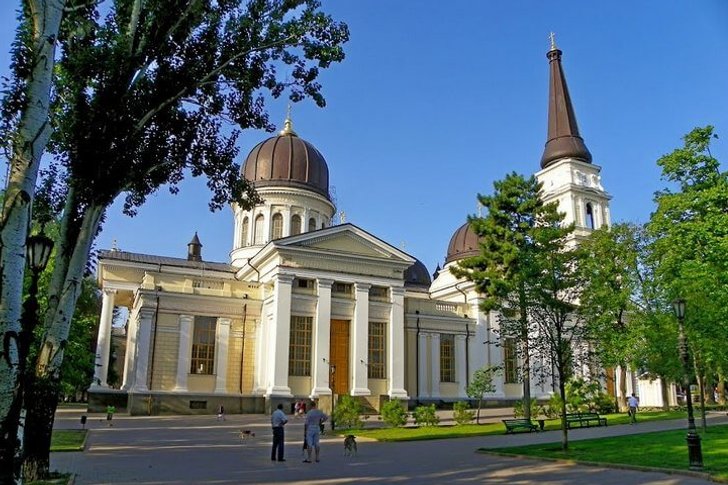
Holy Assumption Monastery
The monastery grew out of the bishop's residence of the beginning of the 19th century. In 1922, the Soviet government decided to confiscate property and blow up churches, but the monastery still continued to exist, although representatives of the schismatic movement settled on its territory. In 1944, the monastery was completely revived; since 1946, the summer residence of the head of the Russian Orthodox Church has been located here.

Odessa Museum of Western and Oriental Art
The museum appeared in 1923, it was based on exhibits from private collections. In the future, museum funds were replenished at the expense of the Kyiv Museum of Western and Oriental Art and the St. Petersburg State Hermitage. Today it is considered one of the largest art collections in Ukraine. It presents the art of the countries of the East, Western Europe and the ancient historical period.
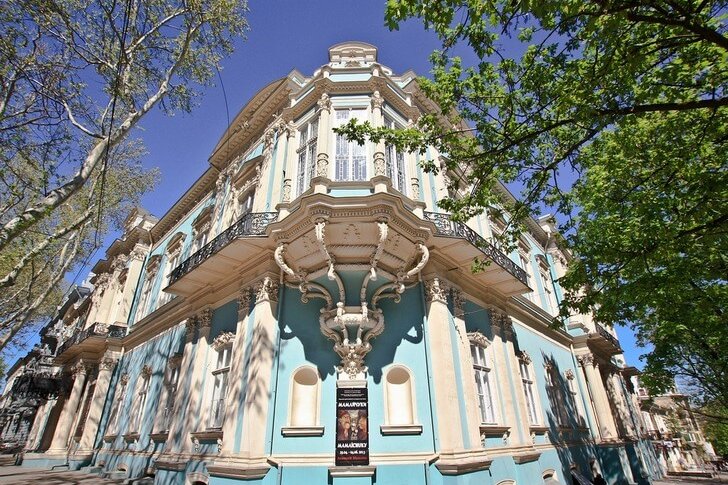
Odessa Art Museum
The exposition is located in the Potocki Palace, an architectural monument of the 19th century in the classical style. The museum was opened in 1899 thanks to the activities of the Odessa Society of Fine Arts. The first exhibits were transferred from the St. Petersburg Academy of Arts. Now the museum funds contain icons, paintings, graphics, collections of arts and crafts.

Archaeological Museum
The museum appeared in 1825 on the basis of a private collection. The largest collection of archaeological artifacts of the ancient culture of the Northern Black Sea region is stored here. Also in the funds there are exhibits from Ancient Egypt, ancient Greece and Rome. Particularly interesting are the collections of items made of precious metals, decorations from the burial grounds of the Scythians and Sarmatians, and luxury items recovered from the burial mounds of nomads.
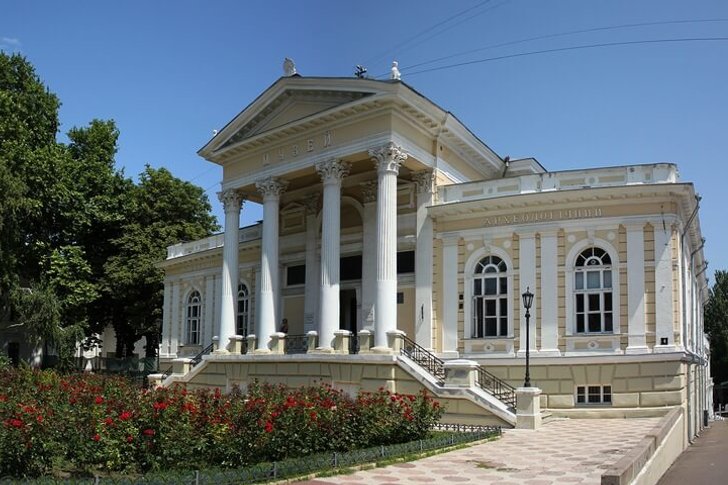
wall house
A house on Primorsky Boulevard with a rather interesting architectural design. If you look at it from a certain angle, it will seem as if the structure has no side walls. This effect was achieved thanks to the triangular layout of the building (this trick was implemented due to lack of funds for construction). The locals nicknamed the building "The Witch's House".

House of Falz-Fein
The construction is recognized as one of the most picturesque in Odessa and the most successful creation of the architect L. Vlodek. The facade of the building is decorated with figures of two Atlanteans carrying the vault of heaven on their shoulders. These figures are not bas-reliefs, they form an independent sculptural group. Before the revolution, the building belonged to the Faltz-Fein family, honorary citizens of Odessa.
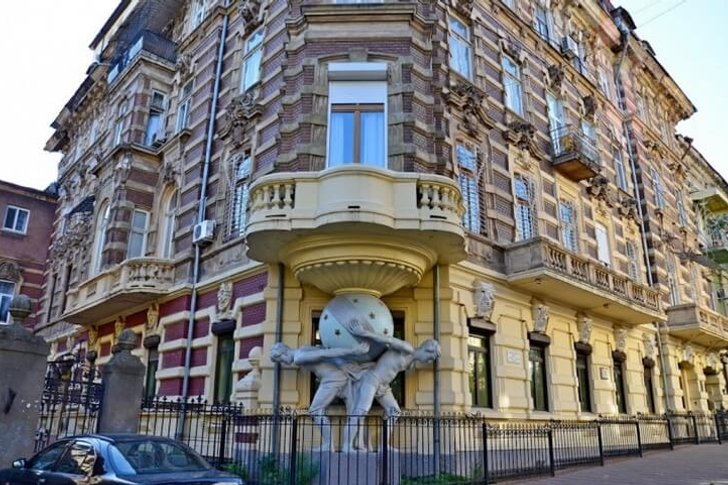
Passage
An architectural monument of the XIX-XX centuries, which is located at the intersection of Preobrazhenskaya and Deribasovskaya streets. On the territory of the complex there is a hotel and shopping malls. The roof of the building is decorated with a real steam locomotive. The interior space of the Passage resembles the interiors of the Moscow GUM. Before the Revolution of 1917, the most prestigious and expensive stores in Odessa were located here.

Bolshaya Moskovskaya Hotel
The hotel was built during the "hotel boom" at the beginning of the 20th century, when tenement houses were built in large numbers. Each trading company that had free capital sought to invest in the construction of the next hotel. Bolshaya Moskovskaya was built at the expense of Dementiev & Co. This luxurious Art Nouveau building has become one of the most popular Odessa hotels.
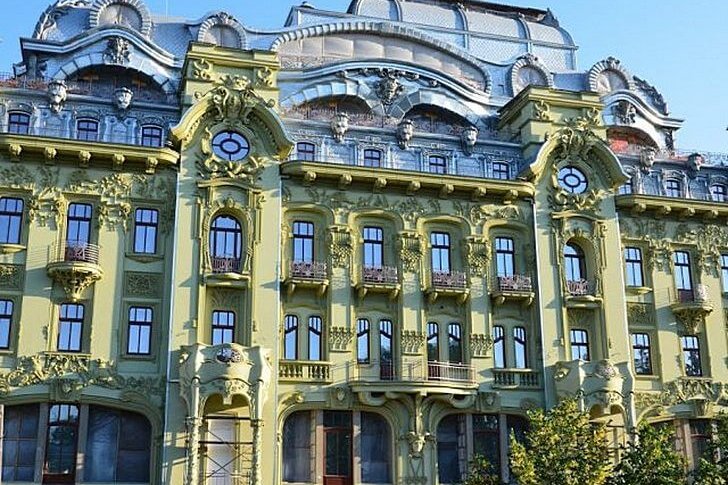
Hotel Bristol
Historical hotel of the late XIX century (5 stars according to modern classification). The building was designed by A. Minkus and A. Bernardazzi. After the construction was completed, the Bristol immediately gained fame as the most luxurious hotel in Odessa. Between 2002 and 2010 The building was closed for renovation. As a result of restoration work, the historical appearance of the 19th century was completely restored.
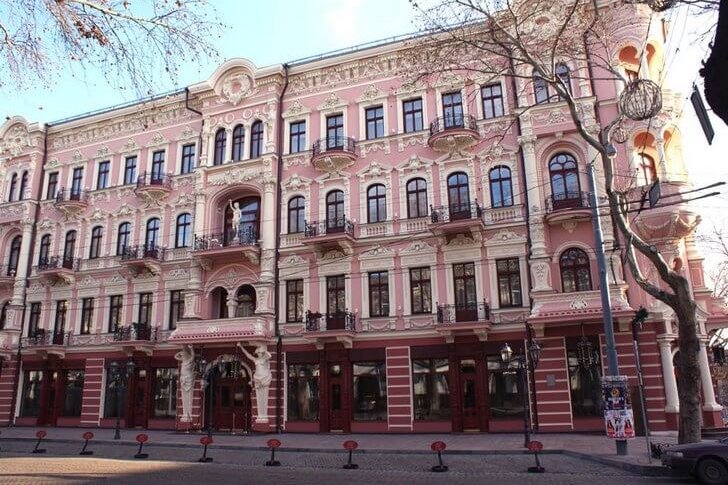
Odessa catacombs
A system of underground tunnels and labyrinths, the total length of which is approximately 2500 km. The catacombs arose along with the beginning of the construction of the city in the 18th century. Previously, there were quarries where limestone was mined. Odessa catacombs are considered the most complex, long and mysterious in the world. Until now, many sections of the underground passages have not been fully explored.
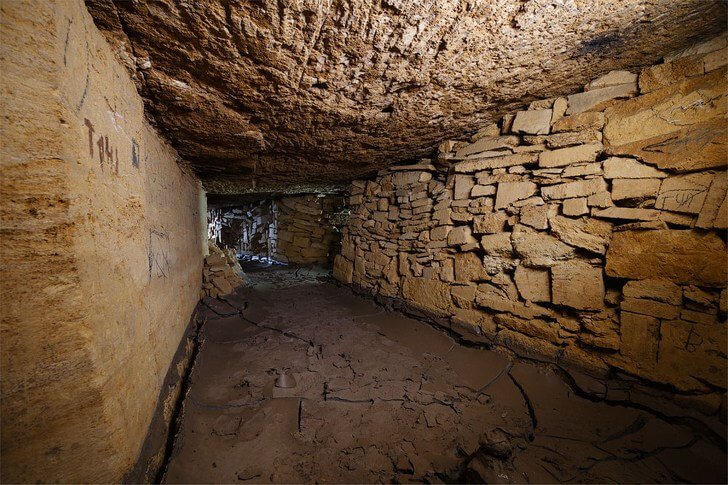
Mother-in-law bridge
Pedestrian bridge that connects Zhvanetsky Boulevard and Primorsky Boulevard. The name "Teschin Bridge" was invented by the townspeople. In Soviet times, there was a legend that the passage was built specifically for the first secretary of the Odessa Regional Committee, so that it would be easier for him to get to visit his mother-in-law through the ravine. In this place, newlyweds traditionally hang iron locks, symbolizing strong marriage bonds.
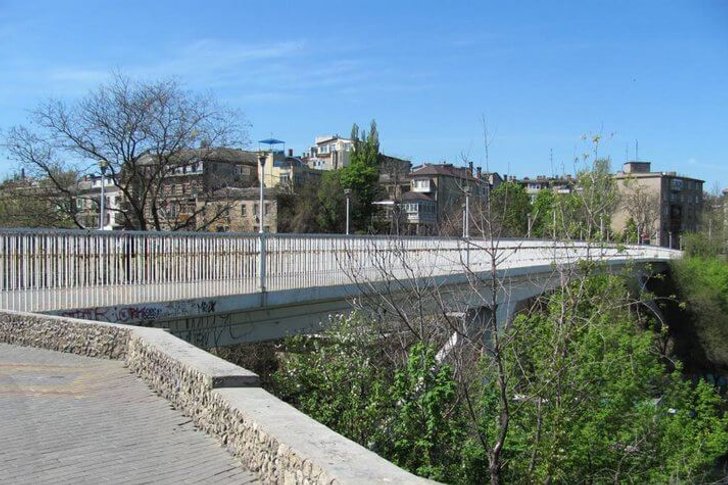
Market "Privoz"
The history of the market is inextricably linked with the history of the development of trade in Odessa. The market place was organized in 1827. Here they traded mainly imported goods, so the market has such a name. In the early 2000s a general renovation was carried out. As a result, office buildings and modern shopping centers appeared on the territory of Privoz.

Shevchenko Park
City amusement park, equipped according to the latest technical achievements in this field. There is entertainment for both the youngest children and their adult parents. Visitors are amused by clowns, cartoon characters and other fabulous creatures. The park has a roller coaster, a Ferris wheel, fun mazes and many types of carousels.
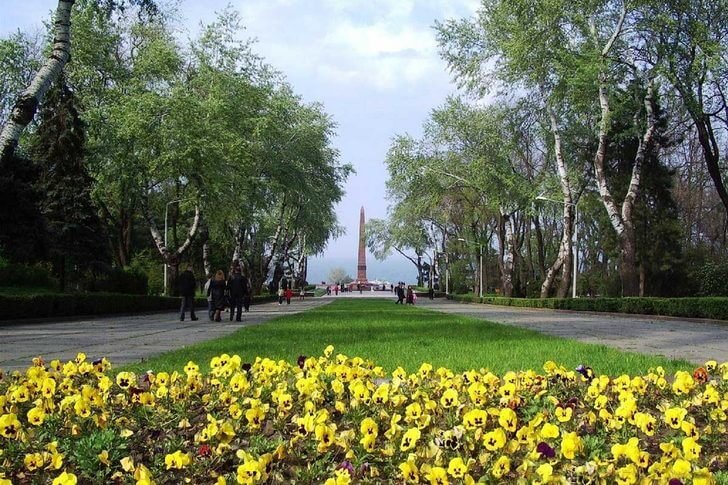
city garden
City park, where in the past the turbulent life of Odessa society was in full swing. The garden was founded by Felix de Ribas at the beginning of the 19th century. On the territory there is a musical pavilion, the Summer Theatre, several monuments and sculptural compositions, a fountain. The city garden was renovated and reconstructed in 2007. The park continues to play the role of a favorite place for recreation and walks.

Odessa City Dolphinarium
Dolphinarium "Nemo" is located next to the beach "Langeron", it was opened in 2005. This is a multifunctional entertainment complex, which includes: an oceanarium, a hotel, a chain of restaurants, beaches, and a dolphin therapy center. Nemo constantly hosts exciting dolphin shows and romantic night performances. Visitors can also swim with these amazing animals.

Arcadia
The resort area in Odessa, located within the Primorsky district. Arcadia is the very center of the holiday life of the city. It is home to countless restaurants, hotels, nightclubs and walking streets. The local beach is the most convenient in Odessa, as a natural gentle slope leads to it. In the high season, life in Arcadia is in full swing around the clock, noisy streets do not stop for a minute.

Monument to the sailor's wife
The memorial depicts a beautiful young woman with a child in her arms. It was placed on the Odessa embankment in memory of the sailors who did not return from the battles. The monument was erected in 2002 on the territory of the Odessa port. Quite quickly, the modest monument became a city landmark, where numerous tourists like to be photographed.
